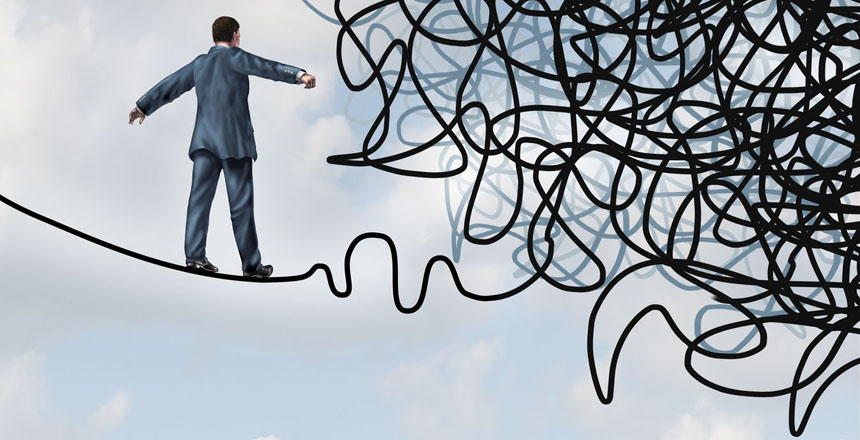
Our past helps us understand the reality of the present. In the past, we may see the signs, or notice behaviors that were out of the ordinary for the person we lost.  The past should be used as a tool; a tool to better understand the pain hidden beneath the surface of the person who died by suicide. The past helps us put meaning to our tragedy. It builds a narrative, and fills in the blanks. It is a useful tool. But that is all it is; a tool. We must accept that the past helps us understand, but it doesn’t change the present. The gaps that it fills in are not a result of us not seeing things for what they were. The gaps can only be filled in, because of what we know now. Allow yourself to fill in those gaps. Allow the past to help you build your narrative. But, continue to live forward. Allow the past to help HEAL you in the present, but remember that it doesn’t CHANGE the present.
The past should be used as a tool; a tool to better understand the pain hidden beneath the surface of the person who died by suicide. The past helps us put meaning to our tragedy. It builds a narrative, and fills in the blanks. It is a useful tool. But that is all it is; a tool. We must accept that the past helps us understand, but it doesn’t change the present. The gaps that it fills in are not a result of us not seeing things for what they were. The gaps can only be filled in, because of what we know now. Allow yourself to fill in those gaps. Allow the past to help you build your narrative. But, continue to live forward. Allow the past to help HEAL you in the present, but remember that it doesn’t CHANGE the present.




Thank you for this message as it is very timely . The past few days I’ve been doing just that, “filling in the gaps” since losing my sister to suicide in November. I had no idea suicide was a part of her picture and now I find myself replaying the conversations we had the night before, the day before, the days, months and now years leading up to this devastation. It’s heartbreaking to build a picture of the past with this end result. How could I have missed the signs? Were there signs? Why didn’t I have a gut instinct? What’s wrong with me that I didn’t understand the complete enormity of what she was going through in her life? I thought I understood the depth of her pain after all, I thought I knew her best, she was MY sister. Thank you for the reminding us the past is a tool and “the gaps that it fills in are not a result of us not seeing things for what they were. ” For myself, I would add, be careful not to fill in the gaps with what you don’t know and only based on this tragic outcome. Don’t destroy every memory as if suicide was always there.